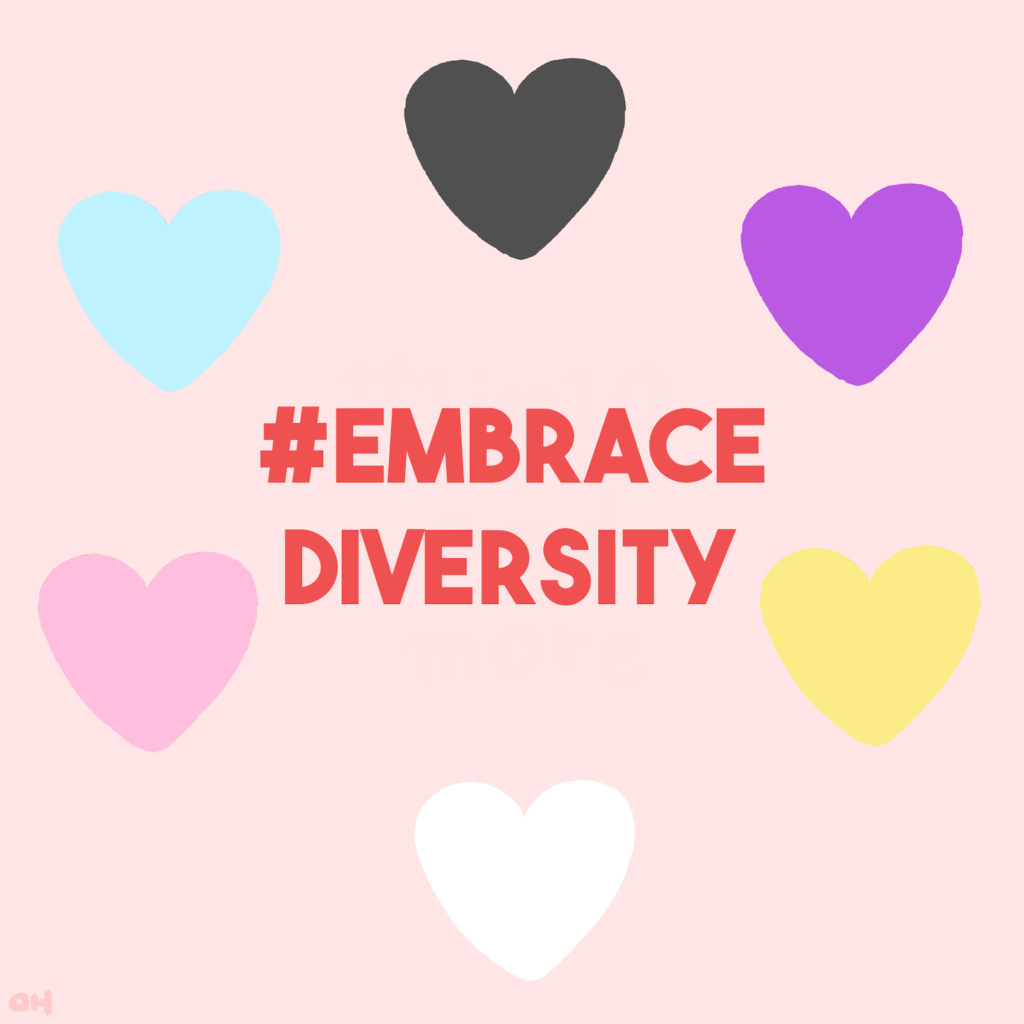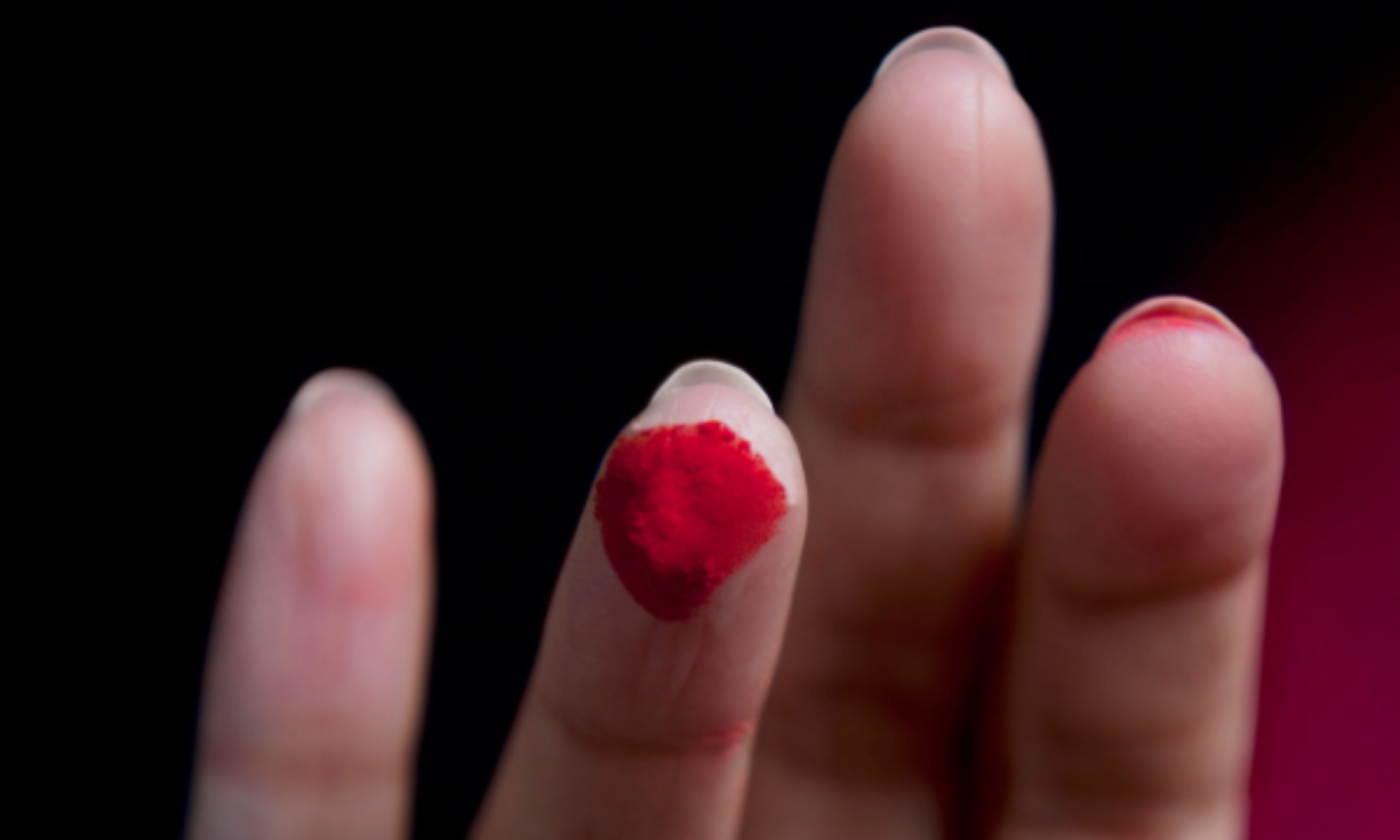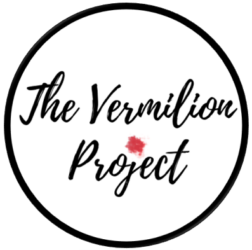Our mission is to promote the social and economic participation participation of people with menstrual health conditions and invisible illnesses.
Why Economic?
We believe in informing and supporting workers with menstrual health conditions and invisible illnesses to thrive in their careers. The cost of managing such health conditions are significant and we also acknowledge that these conditions do not impact everyone in the same manner. We believe everyone has the right to be free from discrimination, harassment and bullying at work and we aim to raise awareness of your rights in the workplace through accessible resources and workshops.
Why Social?
We recognise that conversations around menstrual health and invisible illnesses are impacted by cultural and socio economic factors. Our approach will always remain intersectional, with a focus on promoting awareness and understanding on the way these conditions are approached, recognised and even celebrated in different cultures.
Our Commitment to Gender Diversity

Here at The Vermilion Project, our mission is to promote the economic and social participation of people with menstrual health conditions and invisible illnesses. We recognise that these conditions impact trans and gender diverse community members and we include them in our mission. That’s why our approach to narrative, language and attitudes around menstrual health conditions is an inclusive one.
A national survey conducted by the Australian Human Rights Commission has shown that 7 in 10 people have been subject to discrimination, with 1 in 6 having experienced physical abuse because of their identity. Many trans and gender diverse people have also made numerous attempts to access medical transition services in Australia but have been unable to due to financial and other barriers. All of these issues combined with the added layer of experiencing menstrual health condition means the trans and gender diverse communities are particularly vulnerable, including in the healthcare setting and workplace.
The widespread stigma and discrimination of trans and gender diverse people mean that they’re four times more likely to be diagnosed with depression and 1.5 times more likely to be diagnosed with an anxiety disorder, with nearly half of trans and gender diverse people having attempted suicide at some stage throughout their life.
Trans and gender diverse people across the board face high rates of systemic and social discrimination — and it doesn’t stop at the doors of a hospital or workplace.
We support trans and gender diverse people on their journey with menstrual health conditions and acknowledge the unique barriers to accessing support, services and acknowledgement in research and discourse.
We stand hand in hand with our trans and gender diverse siblings and will do everything in our power to advocate for them, every step of the way.
Help us set a new standard for menstrual illness awareness: rethink your language, change your hashtags and extend a hand to marginalised communities with chronic illnesses. We #embracediversity, strength, richness and #genderinclusivity in our community of people.
Artwork by @opaarade
SOURCES:
- ACON (2019). A Blueprint For Improving The Health and Wellbeing of the Trans and Gender Diverse Community in NSW, AIDS Council of New South Wales, Sydney, Australia. <https://www.acon.org.au/wp-content/uploads/2019/04/ACON-TGD-Health-Blueprint-Booklet.pdf>.
- National LGBTI Health Alliance, Health Information Sheet Inclusive Language on Intersex, Trans and Gender Diversity v3 July 2013 <https://lgbtihealth.org.au/sites/default/files/Alliance%20Health%20Information%20Sheet%20Inclusive%20Language%20Guide%20on%20Intersex%2C%20Trans%20and%20Gender%20Diversity_0.pdf>.
- ABC Radio. (2019) Navigating Reproductive Health when you’re Trans. <https://www.abc.net.au/radio/programs/the-hook-up-podcast/navigating-reproductive-health-when-youre-trans/11561914>.
- Zimman, L. (2017). Transgender language reform: Some challenges and strategies for promoting trans-affirming, gender-inclusive language. Journal of Language and Discrimination, 1(1). doi:10.1558/jld.33139.
- Obedin-Maliver, J., & Makadon, H. J. (2015). Transgender men and pregnancy. Obstetric Medicine,9(1), 4–8. doi:10.1177/1753495×15612658.

